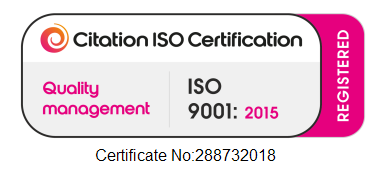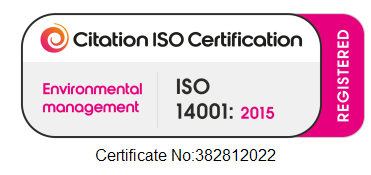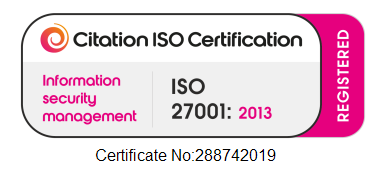
VU Perspectives: Birmingham’s Masterplans Part 2
Welcome back to the second instalment of "VU Perspectives: Birmingham's Masterplans." In this continuation of our exploration from Part 1, we delve deeper into Birmingham's architectural destiny. From the Big City Plan, to the Smithfield Regeneration, we decipher the intricate threads weaving the city's fabric.
Join us as we unravel the tapestry of Birmingham's future, understanding how each blueprint contributes to the growth of the city.
A City in Growth
Masterplans are all about progression, and Birmingham’s various frameworks are no exception. As the city grows and develops, its needs change. Consequently, the city's different planning frameworks must reflect this.
Here, in part two of our exploration of Birmingham’s masterplans, we look at the original Big City Plan, the Snow Hill Masterplan and the Smithfield Regeneration.
The Big City Plan
Dated July 2011, the Birmingham City Centre masterplan, divided the city into seven quarters:
- City Core
- Eastside
- Digbeth
- Southside and Highgate
- Westwood and Ladywood
- The Jewellery Quarter
- St George and St Chad.
With an overarching objective of rejuvenation for the city, this masterplan had high expectations. It incorporated five main themes:
1. Innovation and skills2. Cultural and economic diversity
3. Connectivity
4. Quality of place
5. Strategic decision making.
And it set out six objectives: to ensure Birmingham would be liveable, connected, authentic, a knowledge hub, a smart city and a creative city.
Several key completed developments reflect these ambitions such as the transformation of Birmingham New Street station and the first new urban park in Birmingham for 130 years, Eastside City Park.
The Big City Plan has helped set an optimistic tone for future development. Following its adoption, the property market has soared, with the completion of impressive and ambitious projects such as The Bank, Five Ways and The Mercian.
Snow Hill Masterplan
Identified as an Area of Transformation in the Big City Plan, Snow Hill is a core city centre district in Birmingham. Snow Hill covers part of the high-rise central business district but also the streets of historic Colmore, including Colmore Row and Steelhouse conservation areas alongside part of the Jewellery Quarter.
The 2015 masterplan aims to transform Snow Hill and enhance its historical aspects. Its vision is an expanded office core offering high-quality office space, plus the transformation of Snow Hill station, modelled on the successful New Street station development.
There will also be a new sustainable urban neighbourhood, St Mary's Place and improved connectivity across the area with new pedestrian and cycle routes.
Since Birmingham City Council adopted the plan, public realm improvements have been completed. These improve public spaces and connectivity for visitors and residents.
Three Snowhill, the largest ever speculative city centre office scheme outside London, was completed in 2022.
Smithfield Regeneration
The Smithfield Masterplan is another transformation under the wider Big City banner.
Smithfield is the former site of the city’s wholesale markets and the current site of its indoor, rag and open markets. The Birmingham market regeneration aims to create a new centrepiece for the city centre. It will include Festival Square, a new public space, a residential neighbourhood of sustainable homes and community facilities and a dedicated market space.
Smithfield urban village already exists, but this masterplan will enhance and expand its economic potential with high-quality office space. It typifies the Birmingham approach to masterplanning by focusing as much on regenerating and celebrating the city's existing cultural and historical sites as shaping a city fit for the future.
Explore Birmingham’s Vision for Yourself
Join the Community
Updates, business insights, webinars and more.
Google Privacy Policy and Terms of Service apply.















